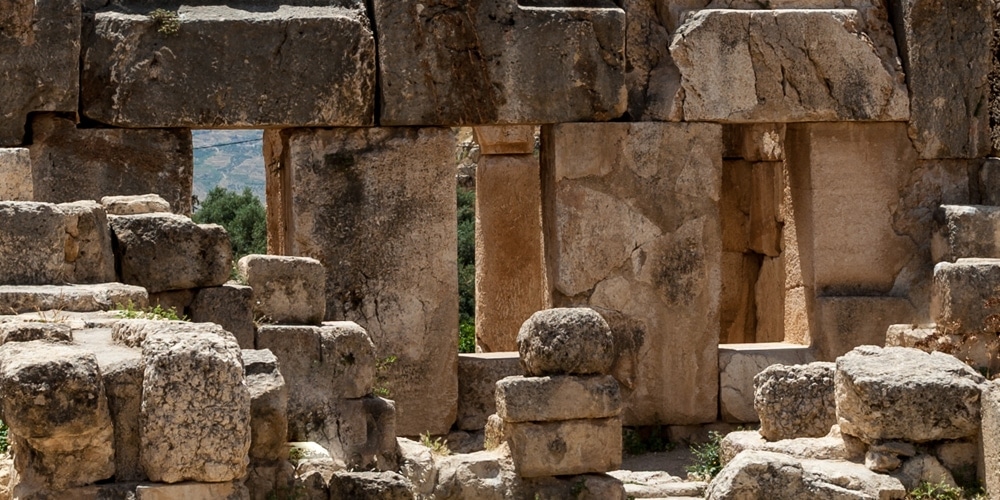
Iraqi archaeologists believe that the recent inscriptions and engraved bulls and lions discovered under a destroyed shrine in Mosul, Iraq, have revealed part of the palace of an ancient Assyrian king with connections to the biblical account, reported the Associated Press on March 12.
The discovery of the ancient structures came about as Iraqi troops were surveying the tunnels dug by Islamic State militants under a destroyed shrine, which for many centuries had been considered the burial place of the biblical prophet Jonah. The underground structures are thought to be part of the palace of King Esarhaddon, who ruled the Neo-Assyrian empire in the 7
th century B.C., some 2,700 ago. Eastern Mosul, in southern Iraq, marks the site of ancient Nineveh.
According to Gerald Klingbeil, research professor of ancient Near Eastern Studies and Old Testament at Andrews University and an associate editor of Adventist Review/Adventist World, the structure’s tentative identification with the lost palace of the Neo-Assyrian king Esarhaddon is based on the reported discovery of cuneiform phrases on a piece of marble, which are exclusively associated with Esarhaddon’s reign in the first half of the seventh century B.C. (681-669 B.C.).
“The chance find of the remains of a palace beneath the Nebi Yunus shrine… illustrates well the fact that we need to speak humbly and tentatively about ancient history”
“The chance find of the remains of a palace beneath the Nebi Yunus shrine…illustrates well the fact that we need to speak humbly and tentatively about ancient history,” said Klingbeil. “There is more history hidden underneath
tells and ancient cities that just waits to be discovered.”
The Bible includes three mentions of Esarhaddon in the Old Testament, explaining that he was a son of Senacherib, the Assyrian king who after failing to conquer Jerusalem in the times of King Hezekiah, returned to Nineveh, where his sons Adrammelech and Sharezer “struck him with a sword, and escaped to the land of Ararat.” Both the Bible and a number of historical sources confirm that Esarhaddon reigned in his place (2 Kings 19:37; Isa. 37:38). A third mention is found in Ezra 4:2, in the context of a later rebuilding of the Jerusalem wall.
The Mosul “Jonah” shrine—on the site of ancient Nineveh—was blown up by IS militants after they took control of the city in 2014, reported the Associated Press. When Iraqi troops regained control in the eastern part of Mosul in January, they found the tunnels IS had dug under the destroyed shrine and into the side of the hill, when the ancient structures were revealed. It is believed that the militants had been looking for artifacts to loot.
“The haphazard tunneling of IS fighters and their focus on artifacts that are currently flooding the illicit antiquities market demonstrates what archaeology is not,” said Klingbeil. On the contrary, he said, “archaeology is all about documenting, uncovering, and understanding how ancient people lived and died; what they hoped and what they believed; what they ate and how they related to the larger world”.
Klingbeil and other Christians archaeologists believe this link to the real world of ancient people also reflects a link to the Bible. Ultimately, “the story of individuals and people connects these stories to God’s big story of redemption,” Klingbeil concluded.